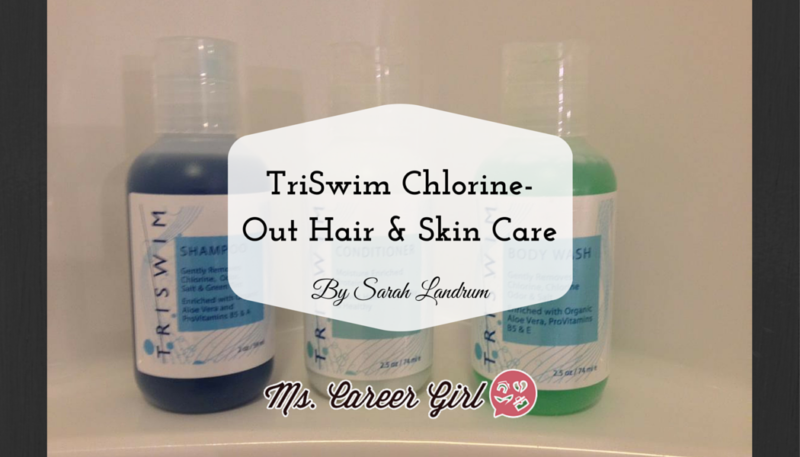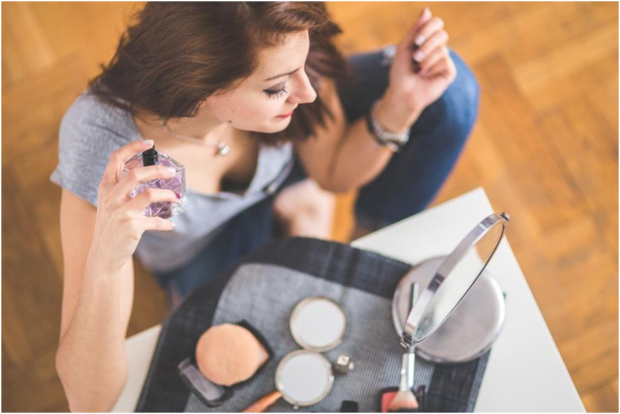Nine Ways To Get True Beauty Sleep

It seems there’s never enough time to get to everything we’d like to do. That includes the little extras that can help us stay healthy and younger looking. So when I heard about these tips to promote better skin health while sleeping, I’m like all in. Since we spend one fourth to one third of our lives sleeping, why not make it do double duty?
Dr. Kally Papantoniou, a Cosmetic Dermatologist, probably knows our skin better than we do. And she’s found that most of us are not aware of how important sleep is to skin health. She explains:
“ During sleep we heal, restore and eliminate toxins from the skin. If sleep is compromised, so is the body’s ability to carry out these essential skin functions. During the first three hours of sleep your body will start producing the human growth hormone from the pituitary gland. As we age, this hormone is necessary for the maintenance of youthful and radiant skin. Without this hormone release, skin is not repaired from daily damage and thus induces the aging process.”
Here are her “ounce of prevention is worth a pound of cure” tools to help your skin rejuvenate while you sleep:
Supplement Your Sleep
As we age, our bodies naturally produce less melatonin, which affect our skin’s ability to repair itself at night. If falling asleep is becoming more difficult, you may benefit from taking a melatonin supplement or using a topical product with melatonin to help combat decreased hormone levels. Melatonin works best if taken at night about 30 minutes before going to bed. This is when it serves its purpose, and helps to increase the depth and duration of restorative sleep. Restorative sleep, in turn helps accelerate and optimize the skin’s repair cycle, says Dr. Papantoniou.
Cleanse Twice
Have you ever washed your makeup off before bed, yet mysteriously woken up with liner smudged under your eyes? Turns out that’s normal, especially if you used long-lasting makeup, which really does live up to its claim. Here’s why: 12 to 24-hour foundations, mascaras, eyeliners, and eye shadows are all made with polymers that don’t easily dissolve with soap and water, or water-based makeup remover.
Dr. Papantoniou says, “To really remove all traces of your makeup, take a cue from Korean skin care and wash your face twice using a method called “double cleansing.” First, use an oil-based cleanser to remove your makeup (the oil breaks down the waxes and polymers way more effectively than soap and water). You can purchase an oil based make-up remover for this or even use coconut oil on a Q-tip to gently remove more stubborn makeup. Then, use a gentle non-soap cleanser to rid your skin of any leftover residue. An example of a gentle cleanser is Vanicream’s Gentle Cleanser or CeraVe Facial Cleanser”

Moisturize
While you sleep, your skin naturally repairs and restores itself, and cleaning it before bed maximizes this effect. Dr. Papanatoniou points out that, “During the day, your skin fights off all sorts of assaults, from UV rays to pollution; at night, there’s less damage control to do, so the beauty products that you apply may be more effective. Applying night creams and anti-aging serum to clean skin in the evening is the best time to soften your face; not to mention, it can feel soothing and relaxing as you prep for sleep.”
Put on a Sleep Mask
“Overnight masks are a great way to treat your skin and give it extra attention,” says Dr. Papantoniou. The skin undergoes more cellular repair during sleep and can be more receptive to products at this time.” She recommends using an overnight mask a few times a week in lieu of going through your usual nighttime regimen. Simply cleanse, slather on a layer of the mask, and go to sleep.
Keep Your Hair Off Your Face
Pull your hair back into a loose ponytail or wrap it in a scarf before going to bed. This will prevent the hair’s natural oils from rubbing off on your skin. This is especially important if your hair is unwashed or you are prone toward acne break outs.

Get The Right Pillowcases
It’s worth it to invest in some soft pillowcases, because friction from harsher cotton fibers can accelerate the development of permanent creases. Dr. Papantoniou suggests trying a smooth silk or satin pillowcase, which prevents trauma to the skin and reduces the probability of your skin forming lines and wrinkles while you sleep. Also remember to change and wash your pillowcases at least once a week.
Rejuvenate With a Retinoid
Choose an anti-age cream or serum that packs real power. These vitamin-a derivatives are key to youthful-looking skin. “But because exposure to sunlight can deactivate their potency, it’s best to apply retinoids at night,” says Dr. Papantoniou. Start by using an OTC retinol-containing cream or serum every other night until skin becomes more tolerant to the side effects, which are often dryness and sensitivity.
Apply Eye Cream
If you are having problems with eye bags and puffiness after you wake up, applying eye cream before sleeping will solve this. Gently apply the cream around your eyes especially under it to replenish the skin surrounding your eyes. Make sure you stay hydrated during the day; this can help prevent water retention and will combat your sodium intake during the day.
Mind Your Sleeping Position
Train yourself not to sleep face down. This habit can cause premature wrinkles and creases. It’s better to position yourself properly while sleeping. This will also prevent your face from rubbing against pillowcases and sheets. If you are lucky and can sleep on you back, that is the best way to prevent wrinkles and creases from sleep habits.
About Dr. Papantoniou

Dr. Kally Papantoniou is a Cosmetic Dermatologist, Board Certified by the American Board of Dermatology. She specializes in Injectables, Lasers, Body Contouring, Surgical and Medical Dermatology. Dr. Papantoniou is also a clinical instructor at Mount Sinai Health Center in New York City. She applies expert techniques and the newest technologies to treat her patients. Dr. Papantoniou focuses on providing her patients with the highest level of care, with special interests in natural and healthy alternatives to treatments and disease prevention. Connect with Dr. Papantoniou via twitter @DrPderm or her website www.DrPapantoniou.com
Image Main: Matthew Kenwrick Pony Tail Smythe Richbourg




